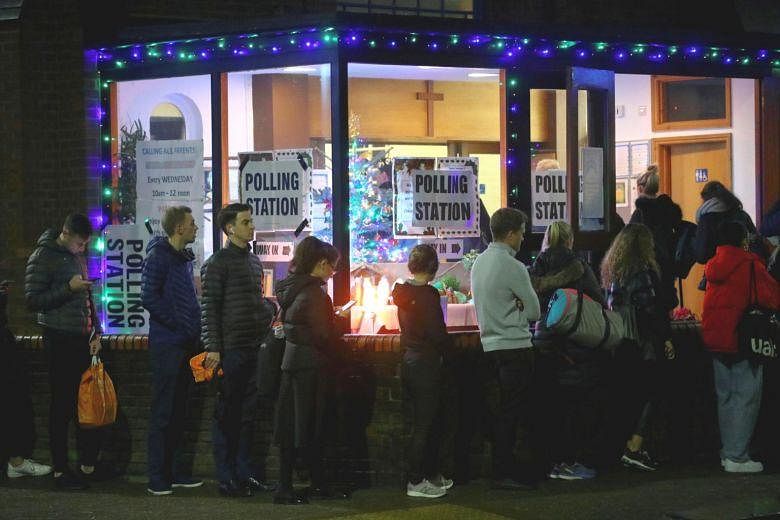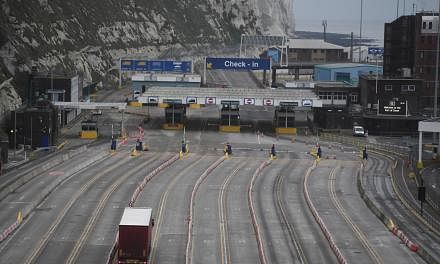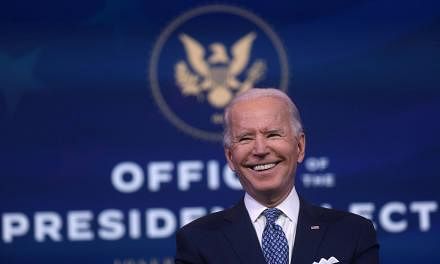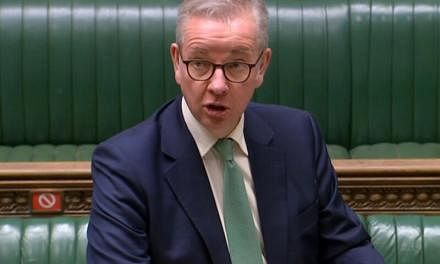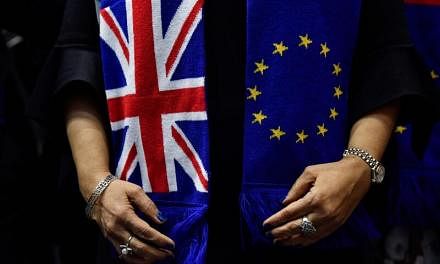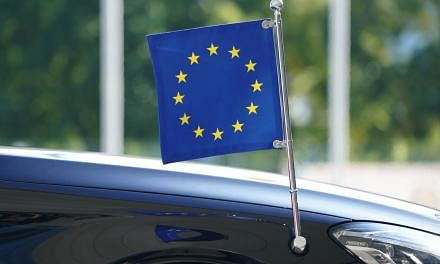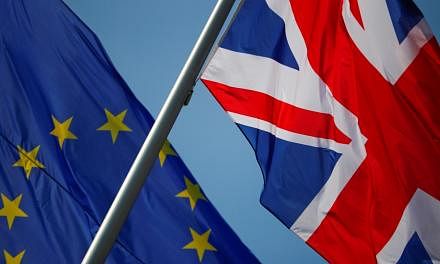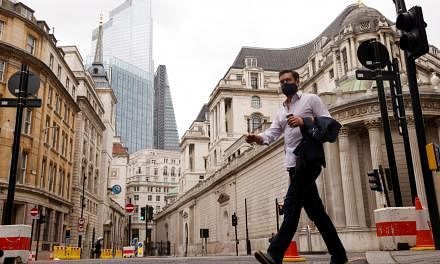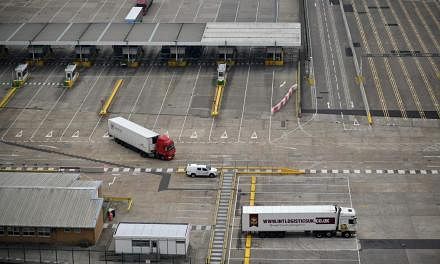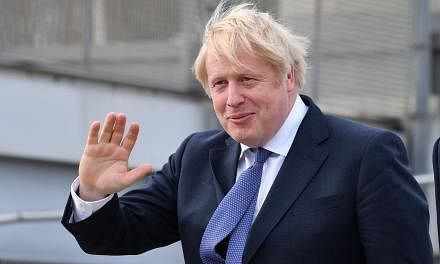LONDON (AFP, NYTIMES, REUTERS) - Prime Minister Boris Johnson won a resounding election victory on Friday (Dec 13) that will allow him to take Britain out of the European Union (EU) in matter of weeks.
His Conservative Party won an outright majority, taking control of 365 seats in the 650 seat-strong House of Commons.
Here are four reasons why the Conservatives did well in the election.
1. VOTER FATIGUE OVER BREXIT STALEMATE
Many voters, fed up with years of Brexit wrangling, are hoping the election would provide a pathway to a resolution of Brexit.
Mr Johnson campaigned relentlessly on a promise to "Get Brexit done", promising to take the UK out of the EU by Jan 31, 2020 if he gets a majority.
Many hoped that having a government with a majority would give them the clout to actually do what they want.
2. JEREMY CORBYN'S UNPOPULARITY
The main opposition Labour Party's campaign has been dogged by claims that its leader Jeremy Corbyn allowed anti-Semitism to spread within the party. The 70-year-old left-winger has been portrayed by opponents as an ageing Marxist with unsavoury past associations with Hamas and the IRA.
A YouGov poll for the Sunday Times early this month showed voters trust Mr Johnson significantly more than Mr Corbyn.
It found 44 per cent of voters have confidence in Mr Johnson. For Mr Corbyn, 67 per cent of voters don't have confidence in him, while just 21 per cent do.
Mr Corbyn, an avowed socialist who took control of the party after a bruising 2015 election defeat, has shifted Labour sharply away from the centre ground that underpinned three Labour majority governments led by Mr Tony Blair.
During four years in charge, he has built an ultra-loyal support base, pushing centrist members to the fringes and creating an ideological schism that critics say has alienated many of its traditional working-class voters.
3. THE FALL OF LABOUR'S TRADITIONAL RED WALL
Mr Johnson's Conservatives breached Labour's "Red Wall" of seats across the Brexit-supporting areas of the Midlands and northern England where Mr Johnson cast his political foes as the out-of-touch enemies of Brexit.
The wall was named after Labour's traditional colour, red, and these are seats that have consistently voted for the party.
Mr Johnson's strategy seemed to have worked. Labour lost seats it had held for decades like Blyth Valley in northern England, which had been Labour since it was formed in 1950, and Wrexham, the Welsh seat that had voted Labour each election since 1935.
4. MUDSLINGING AND MISINFORMATION
Social media platforms were a critical battleground, as parties bombarded voters with messages - many of them misleading.
The Conservatives, in particular, were criticised for using underhanded tactics on social media.
Nearly 90 per cent of the 6,000 Facebook ads broadcast by the Tories during the first week of December contained or referred to misleading statements, according to a count by First Draft, a British group that tackles misinformation.
The party circulated a doctored video that made it look as if an opposition leader had been stumped when asked about his position on Brexit. Then during a TV debate, the party re-branded its press office Twitter account as a fact-checking service.
Labour also sought to co-opt the role of independent fact-checker, rolling out a website called The Insider, which urged voters to "trust the facts".
